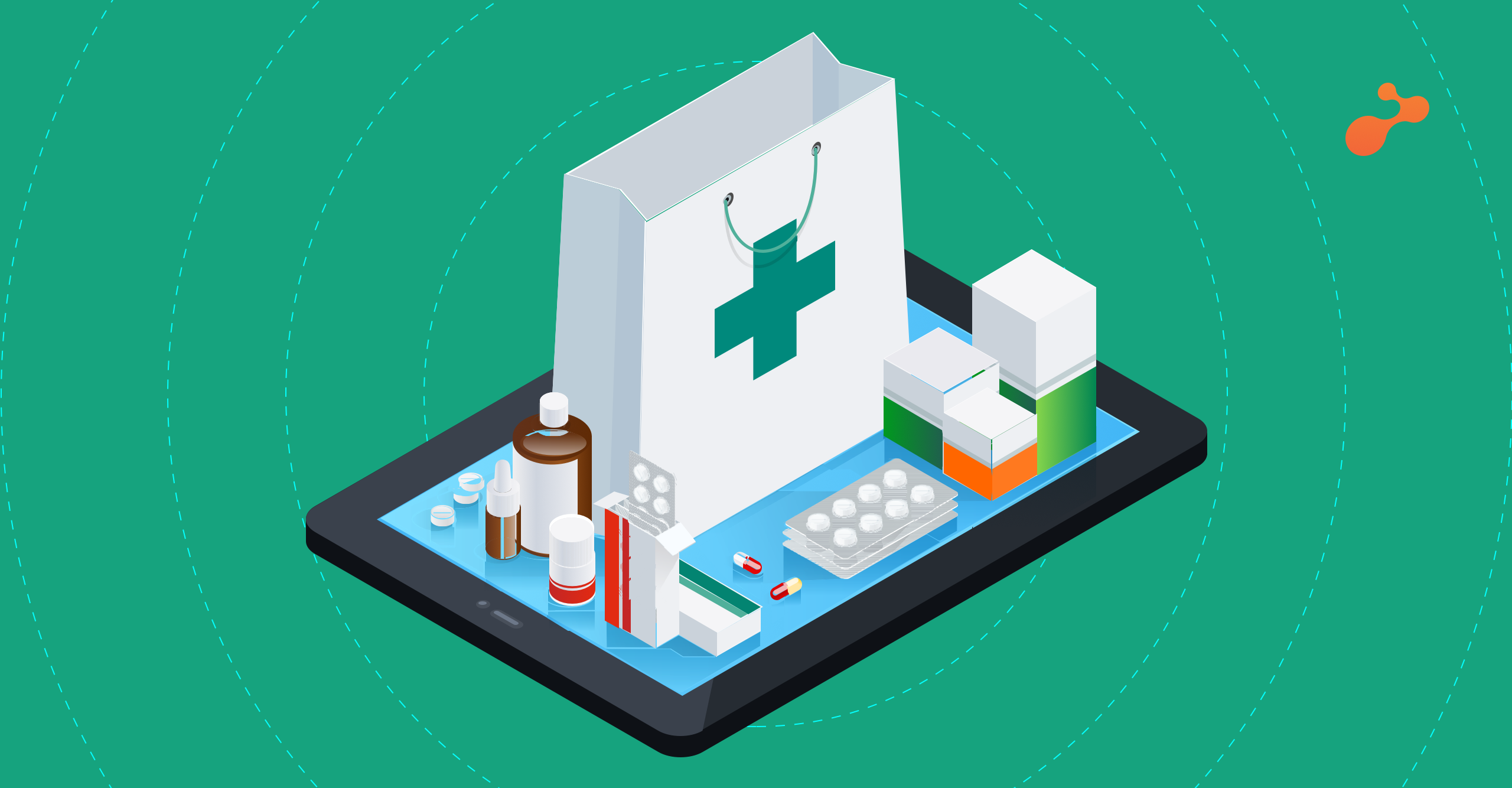With the deadline for transition to ICD 10 coming closer, it is important to take a holistic view towards the transition efforts. Here I am sharing my views to give some more lights on the impact of the transition.
Most of the products who have met the deadlines for 5010 soon will be required to start using ICD 10 instead of ICD 9 code sets.
However, the switch to ICD 10 does not affect the CPT for outpatients. So for all inpatient procedure codes and diagnosis codes, it is mandatory to use the new codes as per the new healthcare requirements directed by CMS (Center for Medicare and Medicaid Service).
Claims for all services and hospital inpatient procedures performed on or after the compliance deadline must use ICD- 10 diagnosis and inpatient procedure codes.
So if you are a covered entity, it is important to start the transition now.
To start with the transition, here are the few steps that you need to follow for smooth transition, even if you are running behind your deadlines –
Step 1 - Create an ICD 10 team
Step 2 - Identify how ICD 10 affects your organizations with respect to people, process and technology
Step 3 - Identify Deadline and Tasks associated with each such transition from ICD 9 to ICD 10
Step 4 - Estimate and secure budget
Step 5 - If you are the covered entity, just speak with your IT vendor and ask them to amend the new code set
Step 6 - Perform the Testing with new set of data
Step 7 - Review changes in documentation needs for covered entities and train the staff
Step 8 – Start alpha level Testing with covered entities coding, billing and clinical staff
Step 9 – If there are any gaps here with respect to IT vendor or payers preparedness, let them know
Step 10 – Come, October 2013 and you need to begin testing claims and other transactions using the new ICD 10 codes
Step 11 – Review coder and clinician preparations and train them
Step 12 – finally go on Production Ready ICD 10 systems
ICD 10 compliance deadline for full compliance is October 1, 2014. Post 1st October 2014, all your new transaction sets for all such services, should start sending only ICD 10. Although services that are provided before October 1, 2014, ICD 9 codes can still be used.
Accommodate the ICD 10 early to ensure a seamless transition!!!

